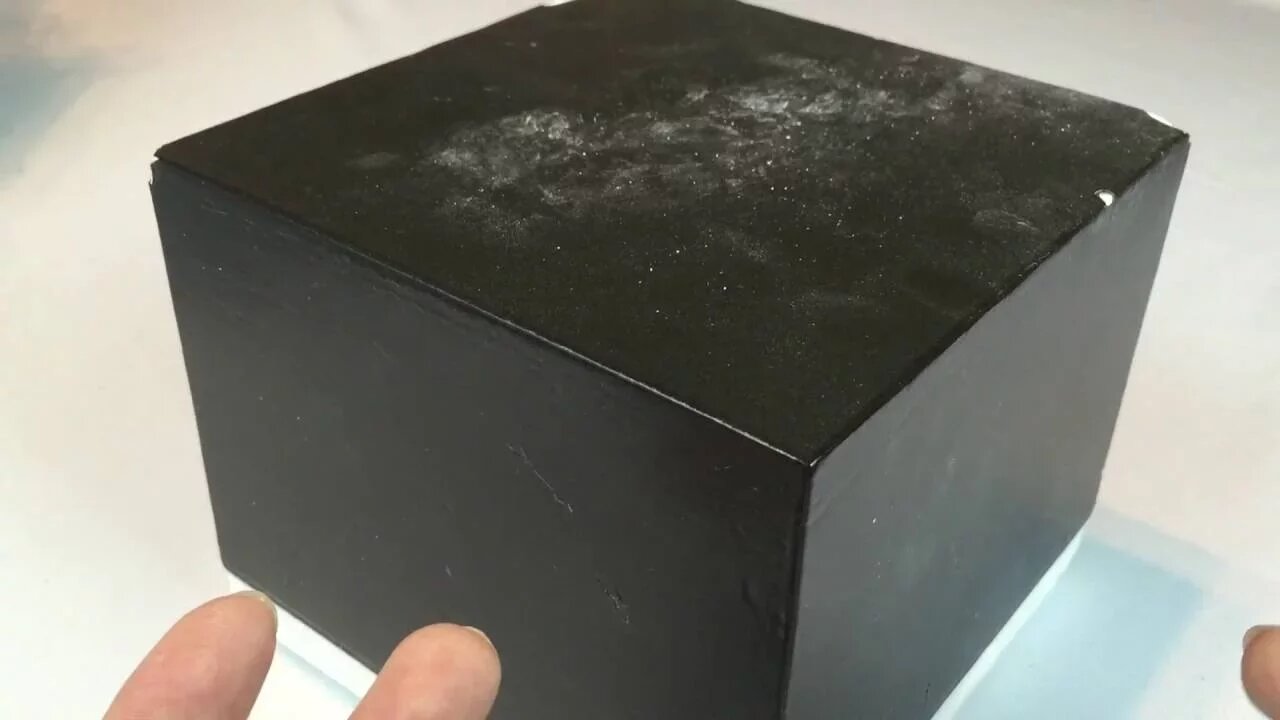Premium Only Content

NASA Space Shuttle TPS High-Temp Surface insulation (HRSI) & LI-900 Heat Tile
Get space shuttle merchandise tile here... http://geni.us/vYBFtqy
Own a piece of a heat tile here... http://geni.us/ZtgBru
Join this channel to help me bring you more vids...
https://www.youtube.com/channel/UCS-ix9RRO7OJdspbgaGOFiA/join
Join the free von Panda group here... https://panda-research-institute.mn.co
Get Peter von Panda gear here... https://petervonpanda.storenvy.com/
Instagram... https://www.instagram.com/petervonpanda/
As an Amazon Associate I earn from qualifying purchases.
The TPS was a system of different protection types, not just silica tiles. They are in two basic categories: tile TPS and non-tile TPS.[1] The main selection criteria used the lightest weight protection capable of handling the heat in a given area. However in some cases a heavier type was used if additional impact resistance was needed. The FIB blankets were primarily adopted for reduced maintenance, not for thermal or weight reasons.
Much of the shuttle was covered with LI-900 silica tiles, made from essentially very pure quartz sand.[1] The insulation prevented heat transfer to the underlying orbiter aluminum skin and structure. These tiles were such poor heat conductors that one could hold one by the edges while it was still red hot.[3] There were about 24,300 unique tiles individually fitted on the vehicle, for which the orbiter has been called "the flying brickyard". Researchers at University of Minnesota and Pennsylvania State University are performing the atomistic simulations to obtain accurate description of interactions between atomic and molecular oxygen with silica surfaces to develop better high-temperature oxidation-protection systems for leading edges on hypersonic vehicles.[4]
The tiles were not mechanically fastened to the vehicle, but glued. Since the brittle tiles could not flex with the underlying vehicle skin, they were glued to Nomex felt Strain Isolation Pads (SIPs) with RTV silicone adhesive, which were in turn glued to the orbiter skin. These isolated the tiles from the orbiter's structural deflections and expansions.[1]
Tile types Edit
High-temperature reusable surface insulation (HRSI) Edit
An HRSI tile. Note the yellow markings, which denote its exact location on the orbiter.
HRSI tiles (black in color) provided protection against temperatures up to 1,260 °C (2,300 °F). There were 20,548 HRSI tiles which covered the landing gear doors, external tank umbilical connection doors, and the rest of the orbiter's under surfaces. They were also used in areas on the upper forward fuselage, parts of the orbital maneuvering system pods, vertical stabilizer leading edge, elevon trailing edges, and upper body flap surface. They varied in thickness from 1 to 5 inches (2.5 to 12.7 cm), depending upon the heat load encountered during reentry. Except for closeout areas, these tiles were normally 6 by 6 inches (15 by 15 cm) squares. The HRSI tile was composed of high purity silica fibers. Ninety percent of the volume of the tile was empty space, giving it a very low density (9 lb/cu ft or 140 kg/m3) making it light enough for spaceflight.[1] The uncoated tiles were bright white in appearance and looked more like a solid ceramic than the foam-like material that they were.
The black coating on the tiles was Reaction Cured Glass (RCG) of which tetrasilicide and borosilicate glass were some of several ingredients. RCG was applied to all but one side of the tile to protect the porous silica and to increase the heat sink properties. The coating was absent from a small margin of the sides adjacent to the uncoated (bottom) side. To waterproof the tile, dimethylethoxysilane was injected into the tiles by syringe. Densifying the tile with tetraethyl orthosilicate (TEOS) also helped to protect the silica and added additional waterproofing.
-
 0:50
0:50
Peter von Panda
1 year agoRevolutionary Portable Fire Starter Perfect for Camping and Outdoor Adventures!
625 -
 1:02:58
1:02:58
Flyover Conservatives
22 hours agoA Doctors Response to Trump’s First Moves: W.H.O. and FDA - Dr. Troy Spurrill; A REAL-LIFE Approach to Health and Wellness Transformation - Kellie Kuecha Moitt | FOC Show
29.5K2 -
 41:50
41:50
State of the Second Podcast
7 hours agoWhat do Gold and Guns have in common?
10.4K3 -
 1:01:26
1:01:26
PMG
3 hours ago $0.10 earnedLibs In FULL PANIC Since Trump Took Office! Creating a Faith to Fit their Agenda
7.86K4 -
 7:09:22
7:09:22
Dr Disrespect
11 hours ago🔴LIVE - DR DISRESPECT - TRIPLE THREAT CHALLENGE - EXTREME EDITION
240K32 -
 55:00
55:00
LFA TV
11 hours agoThe End of the January 6 Hoax | TRUMPET DAILY 1.22.25 7pm
35.3K11 -
 1:13:37
1:13:37
Battleground with Sean Parnell
9 hours agoPresident Trump Is On FIRE w/ Savage Rich Baris
176K25 -
 1:59:59
1:59:59
Melonie Mac
5 hours agoGo Boom Live Ep 34!
69.1K17 -
 49:27
49:27
Sarah Westall
4 hours agoTrillion Dollar 5G Lawsuit, Project Archimedes, Mind Control & DEW Weapons w/Attorney Todd Callender
71.1K29 -
 53:11
53:11
Standpoint with Gabe Groisman
1 day agoTrump Is Crucial For Hostage Agreement Says Israeli Colonel
50.2K5